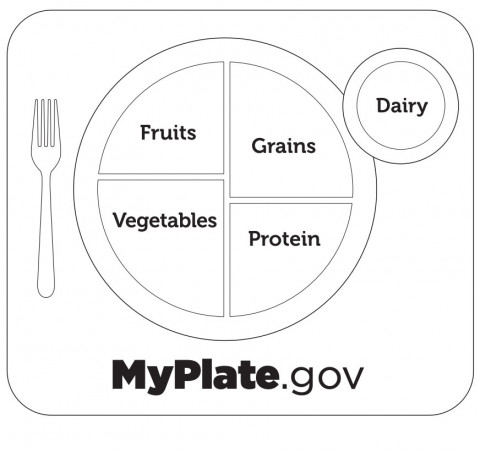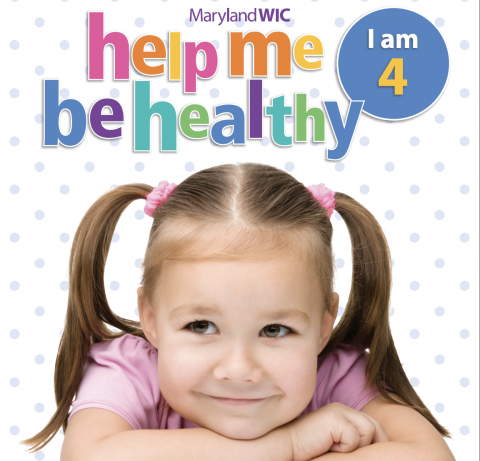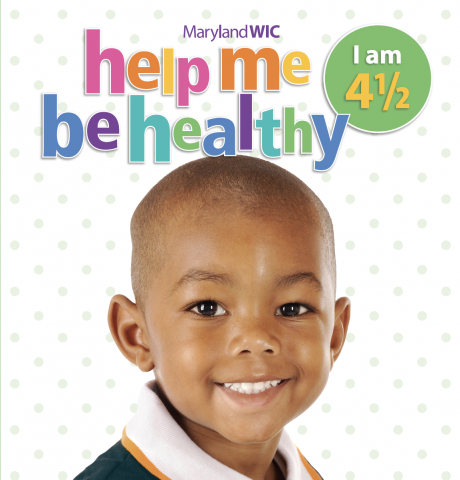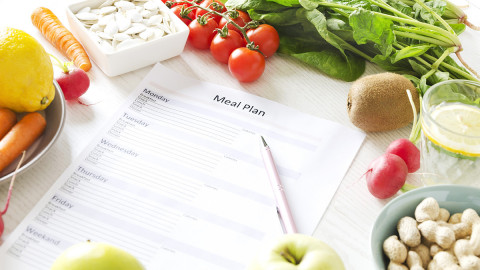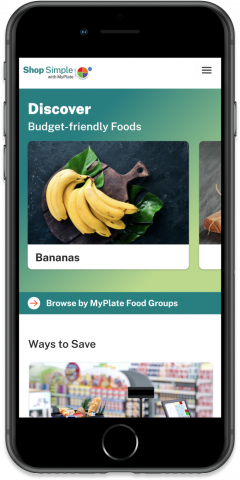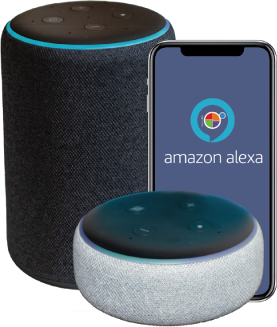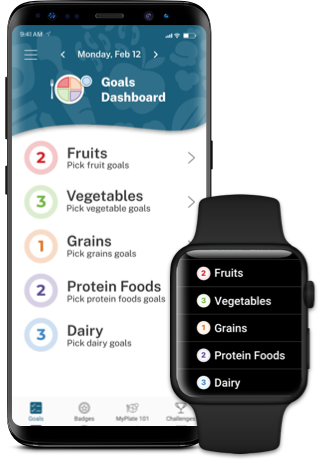Preschoolers
Help your preschooler eat well, be active, and grow up healthy!
Young children look to you as they learn, develop and grow healthy eating habits. Make every bite count.
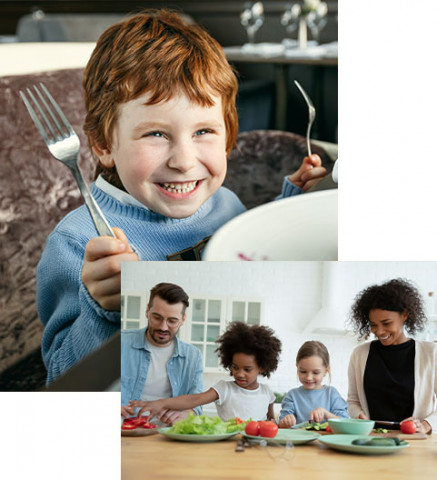
Picky Eating
Picky eating is common for many preschoolers as they grow up and become more independent. Try the following tips to help them during this time:
- Your preschooler may not eat the exact amounts suggested every day. Try to balance the amounts over a few days or a week.
- Offer different foods from day to day. Encourage your child to choose from a variety of foods.
- Serve foods in small portions during regular meals and snacks times.
- Your child may not want to try new foods. Try serving a new food with a food they know and like in the same meal. It may take up to 12 tries for a child to accept a new food.
- Let your child help prepare meals. Children get excited about tasting foods when they have helped make them.
MyPlate Tips on Alexa
Get MyPlate nutrition information straight to your home on your Amazon Alexa smart speaker, or on your phone or tablet via the free Amazon Alexa app. For more information, visit our MyPlate Alexa page.
Below are some of the many tips available for parents and caregivers on what and how to feed your preschooler. And just like the MyPlate.gov website and MyPlate tools, all of the information provided by MyPlate on Alexa is based on the Dietary Guidelines for Americans, 2020-2025.
Resources
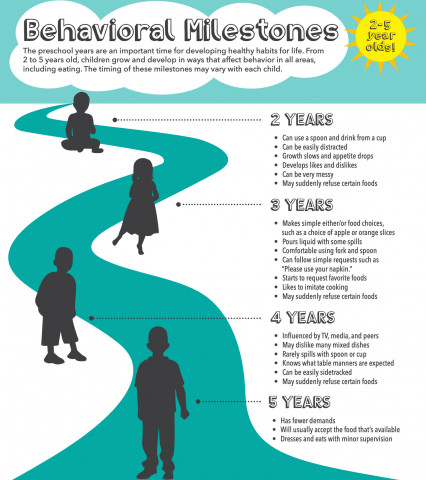
Behavioral Milestones
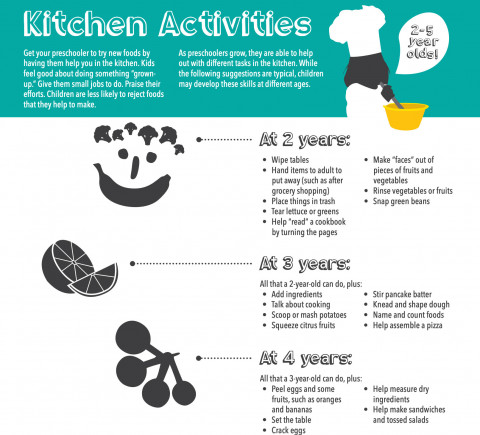
Kitchen Helper Activities
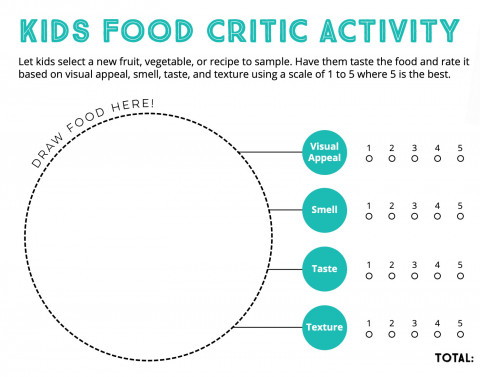
Kids Food Critic Activity
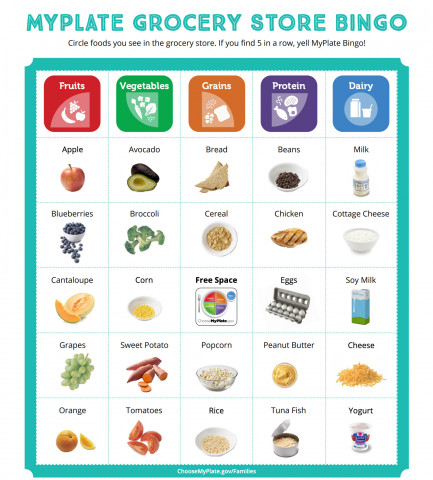
Grocery Store Bingo
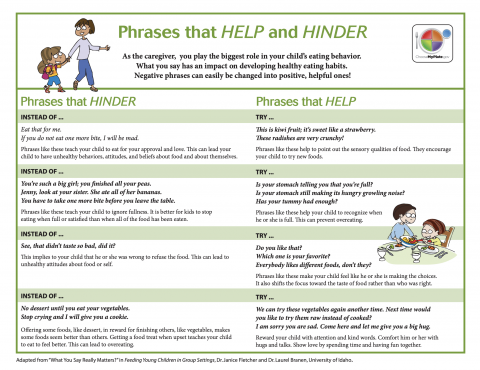
Phrases that Help and Hinder
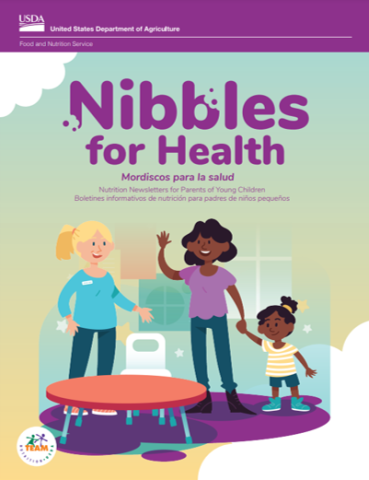
Nibbles for Health: Nutrition Newsletters for Parents of Young Children
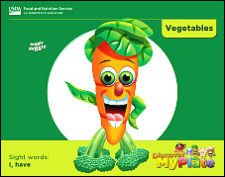
Team Nutrition’s MyPlate E-books
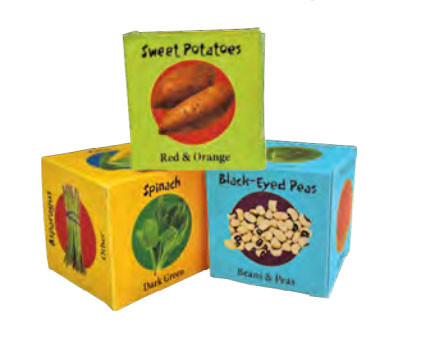
Veggie Dice
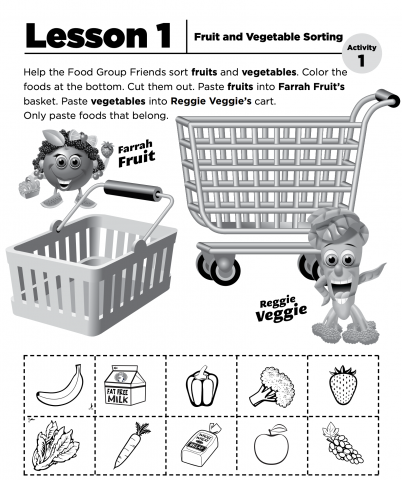
Fruit and Vegetable Sorting Activity
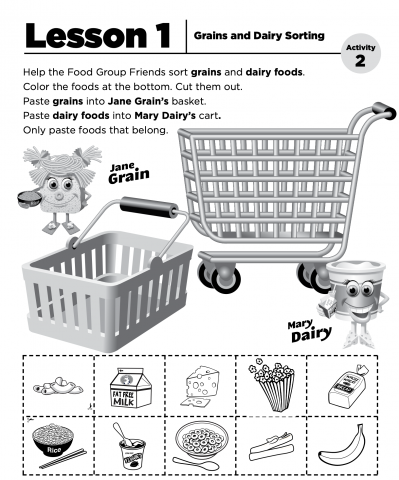
Grains and Dairy Sorting Activity
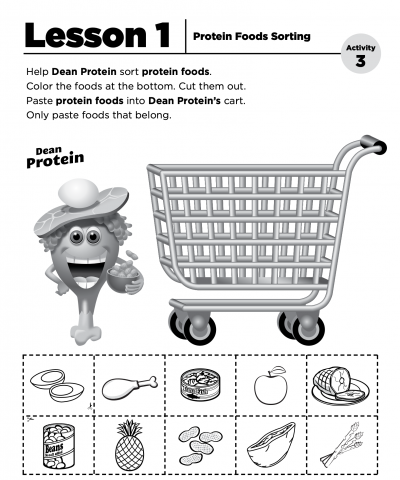
Protein Foods Sorting Activity




